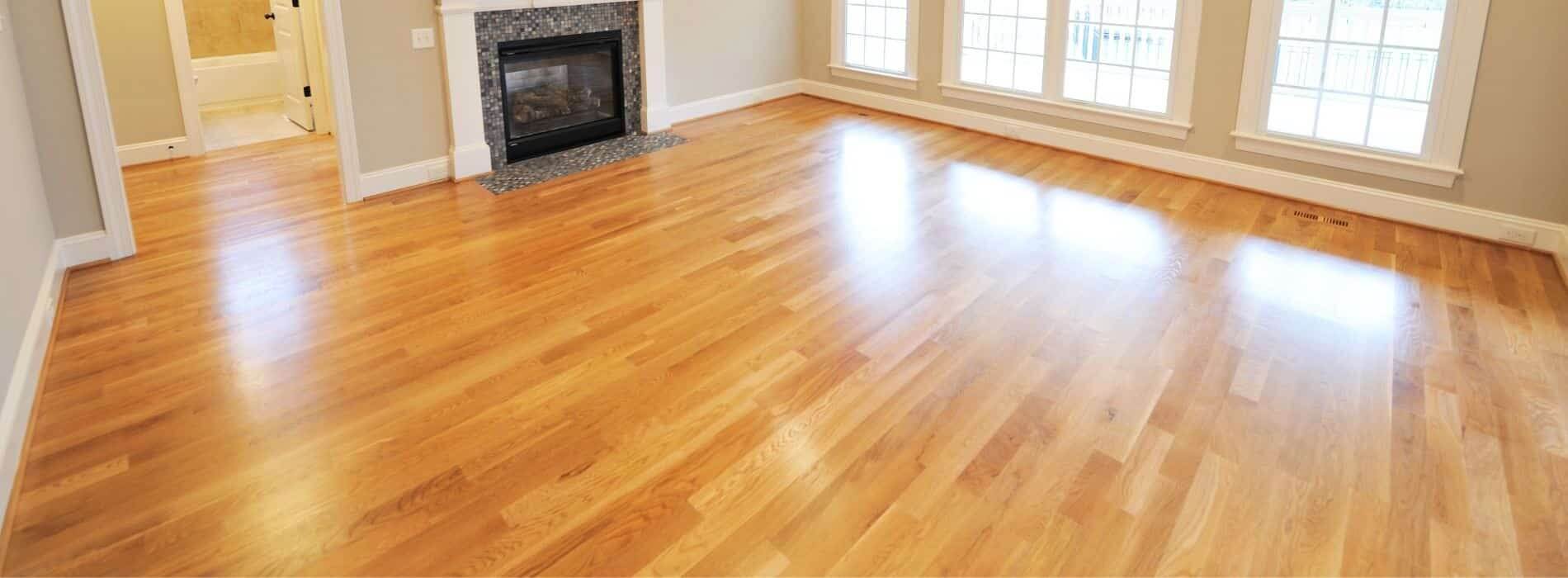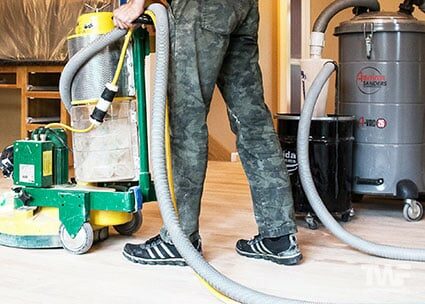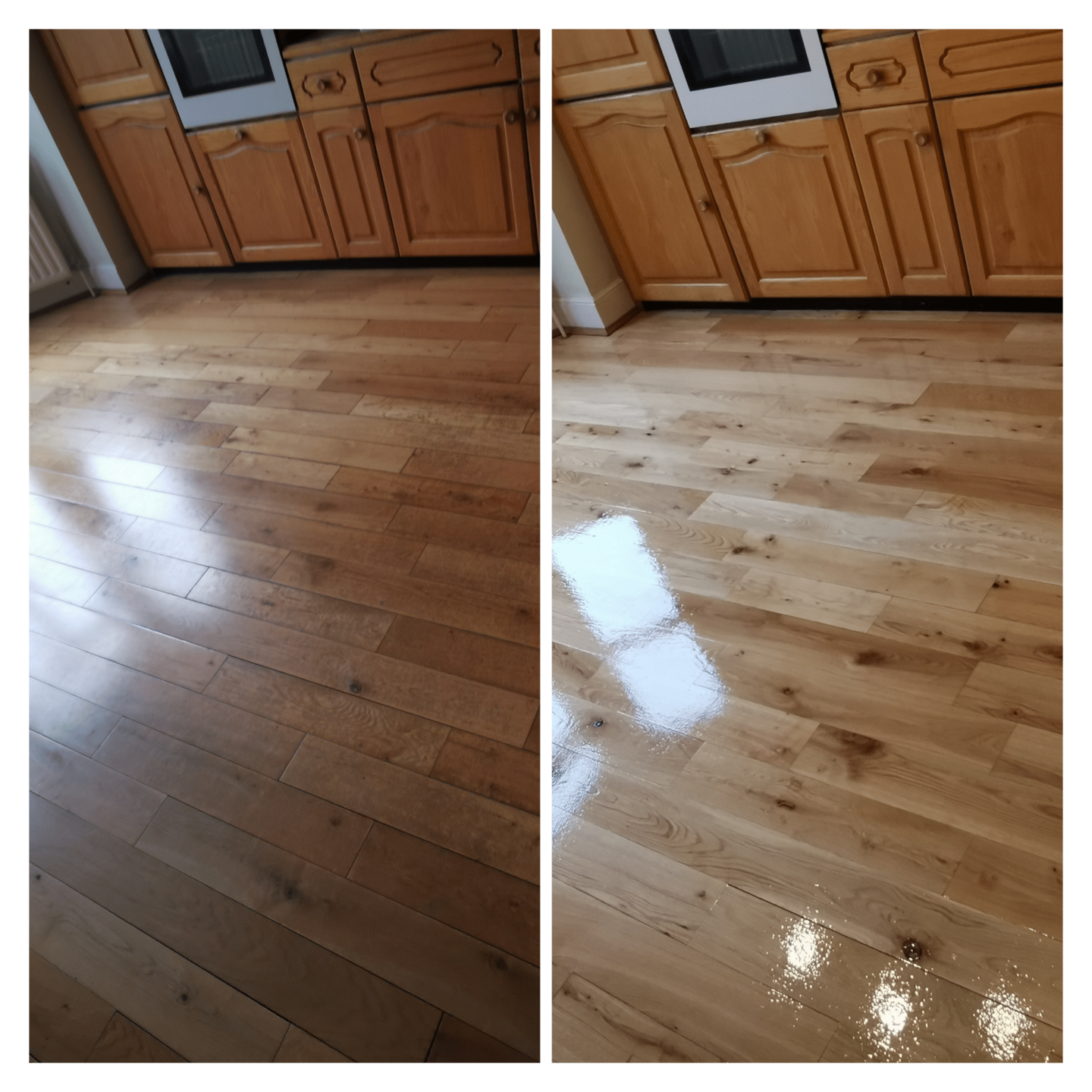London:
Nationwide:
Sanding vs Power Washing: Which is Best for Your Deck?
Posted on December 8, 2023
Wood Floor Sanding
Which one is better for your Deck Maintenance? Sanding or Power Washing?
When it comes to keeping your deck looking its best, there are numerous deck maintenance tasks to consider. One of the key decisions you’ll face is whether to sand your deck or power wash it. Both methods have their advantages and drawbacks, and the choice you make can significantly impact the appearance and longevity of your outdoor space.
In this comprehensive guide, we’ll delve into the world of deck maintenance and explore the differences between sanding and power washing. By the end, you’ll have a clear understanding of which approach is best suited to your deck’s specific needs and conditions.
So, whether you’re a seasoned deck owner looking to refresh your wooden oasis or a first-time homeowner seeking guidance on maintaining your outdoor space, read on to discover the pros and cons of sanding and power washing and ultimately make the right choice for your deck’s well-being.
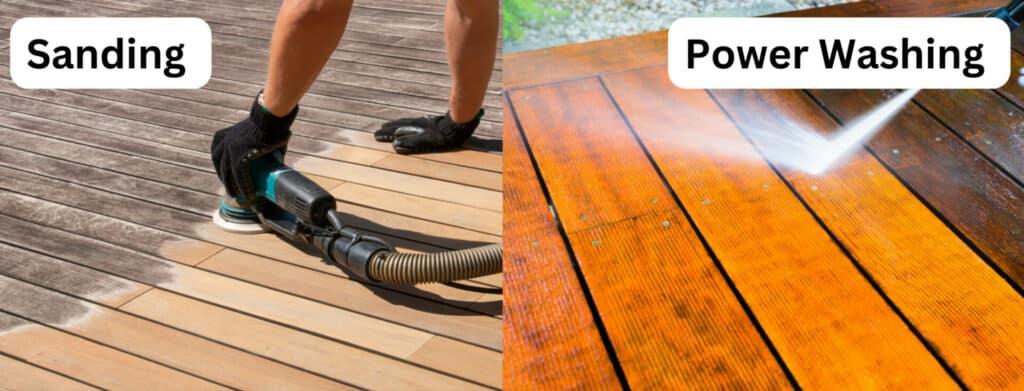
Understanding Your Deck’s Needs
Before embarking on the journey of deck maintenance, it’s crucial to get acquainted with the specific requirements of your deck. Not all decks are created equal, and factors such as age, wood type, and previous treatments can greatly influence the best course of action. Here’s what you need to know:
- Assessing the Condition: Begin by closely inspecting your deck’s current condition. Look for signs of wear and tear, such as cracks, splinters, mildew, or discoloration. Understanding the extent of the damage will help you determine the level of restoration required.
- Wood Type: Identify the type of wood used in your deck, as different species have distinct characteristics and maintenance needs. Common options include pressure-treated pine, cedar, redwood, and tropical hardwoods.
- Age of the Deck: The age of your deck is a crucial factor. Older decks may require more extensive restoration, including repairs and refinishing, while newer ones might only need routine maintenance.
- Previous Treatments: Take into account any previous treatments or finishes applied to your deck. If there’s old paint, stain, or sealer, you may need to consider removal or compatibility with your chosen maintenance method.
- Climate and Environment: Consider the climate in your area and how it affects your deck. Decks in humid, rainy regions might be more prone to mold and mildew, while those in dry, sunny climates may suffer from UV damage.
- Intended Use: Think about how you use your deck. Is it a high-traffic area for entertaining, or is it rarely used? Understanding your deck’s purpose can help you make decisions about maintenance priorities.
By gaining a clear understanding of your deck’s unique characteristics and requirements, you’ll be better equipped to decide whether sanding or power washing is the best approach to restoring and maintaining its beauty and functionality. In the next sections, we’ll explore these methods in detail and help you make an informed choice.

Sanding your deck
When it comes to deck maintenance, deck sanding is a time-tested method that can breathe new life into your outdoor space. Sanding involves the removal of the top layer of wood, which helps eliminate surface imperfections, splinters, and old finishes. Here’s everything you need to know about sanding your deck:
The Sanding Process Explained:
Sanding is the process of using abrasive materials to smooth the surface of your deck. It involves the use of sandpaper or a power sander to remove a thin layer of wood, revealing a fresh, even surface beneath.
1. Advantages of Sanding
- Smooth Finish: Sanding results in a beautifully smooth deck surface, free of splinters and rough spots.
- Enhanced Appearance: It can restore the natural beauty of the wood, bringing out its grain and color.
- Prepares for Finishing: Sanding is an excellent preparation step for applying stains or sealers, ensuring better adhesion and a more uniform finish.
- Longer Lasting: Properly sanded decks tend to hold finishes longer, extending the time between maintenance.
2. Types of Sanding Equipment:
- Hand Sanding: Traditional hand sanding involves using sandpaper attached to a sanding block or a sanding pole. It’s suitable for smaller decks or touch-up work.
- Power Sanders: Electric or battery-powered sanders, such as orbital sanders or belt sanders, can make the job faster and more efficient, especially for larger decks.
3. Step-by-Step Guide to Sanding Your Deck:
- Preparation: Clear the deck of furniture and debris. Inspect for loose boards or protruding nails.
- Safety First: Wear protective gear, including safety glasses, a dust mask, and ear protection.
- Start Sanding: Begin sanding with coarse-grit sandpaper to remove old finishes or deep imperfections. Gradually switch to finer grits for a smoother finish.
- Sanding Direction: Sand along the wood grain to avoid creating scratches or marks.
- Inspect as You Go: Regularly check your progress to ensure an even surface.
- Clean Up: After sanding, remove dust and debris from the deck thoroughly.
- Apply Finish: If desired, apply the chosen finish, such as stain or sealer, following manufacturer instructions.
Sanding your deck can be a rewarding DIY project, but it requires time, effort, and the right equipment. It’s an excellent choice for decks with extensive surface damage or those in need of a fresh start. However, for some decks, power washing might be a more suitable alternative, which we’ll explore in the next section.
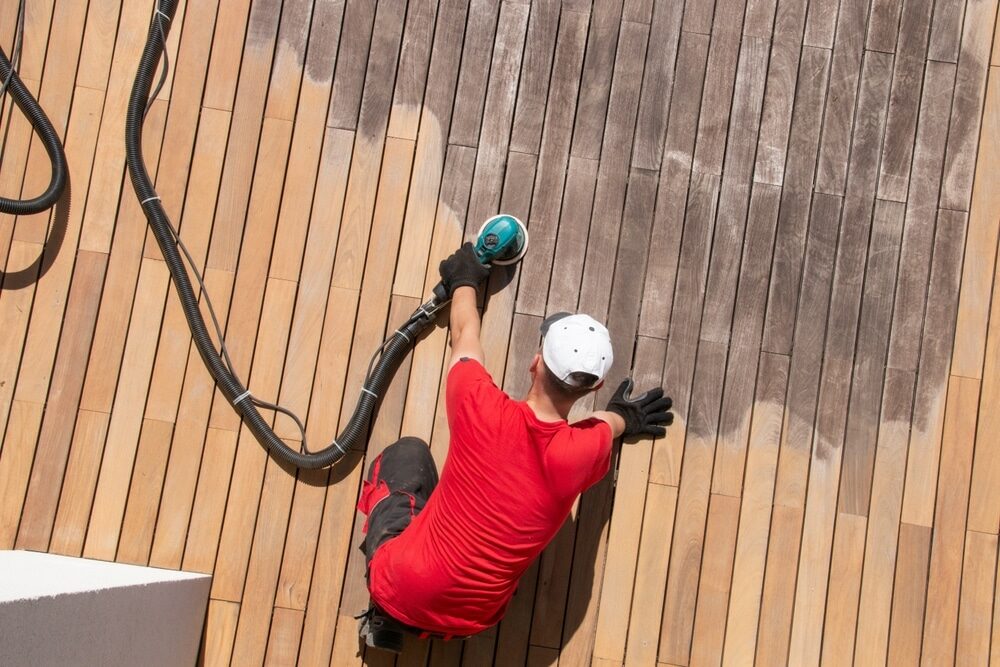
Power Washing Your Deck
Power washing, also known as pressure washing, is a high-pressure cleaning method that can effectively rejuvenate your deck’s appearance. It’s particularly useful for removing dirt, grime, mildew, and old finishes. Here’s what you need to know about power washing your deck:
1. How Power Washing Works:
Power washers use a concentrated stream of water to clean surfaces. The high-pressure jet can dislodge dirt, debris, and contaminants from the wood’s surface.
2. Benefits of Power Washing:
- Efficiency: Power washing is a quick and efficient way to clean a large deck.
- Deep Cleaning: It can reach into crevices and remove ingrained dirt and stains.
- No Sanding Required: Unlike sanding, power washing doesn’t involve removing a layer of wood, making it less invasive.
- Prepares for Finishing: It provides a clean surface for applying stains or sealers.
3. Types of power washers:
- Electric pressure washers are suitable for smaller decks and lighter cleaning tasks.
- Gas-powered pressure washers are more powerful and ideal for larger decks or heavy-duty cleaning jobs.
4. Step-by-Step Guide to Power Washing Your Deck:
- Preparation: Clear the deck of furniture, plants, and any items that could obstruct the cleaning process.
- Safety First: Wear appropriate protective gear, including safety goggles and hearing protection.
- Test the Pressure: Before starting, test the pressure washer on an inconspicuous area to determine the right pressure setting for your deck.
- Maintain Proper Distance: Keep the nozzle of the pressure washer at a consistent distance from the deck’s surface to avoid damage.
- Even Sweeping Motions: Move the nozzle evenly across the wood grain to ensure uniform cleaning.
- Watch for Damage: Be cautious not to linger in one spot for too long, as high pressure can gouge the wood.
- Post-Cleaning Inspection: Examine the deck for any remaining dirt or areas that may need extra attention.
- Allow Drying: Let the deck dry completely before applying any finishes or sealers.
Power washing is an excellent choice for decks with heavy dirt buildup or decks that need a thorough cleaning before refinishing. However, it’s important to use the right pressure and technique to avoid damaging the wood. In some cases, a combination of sanding and power washing may be the most effective approach, depending on your deck’s specific needs.
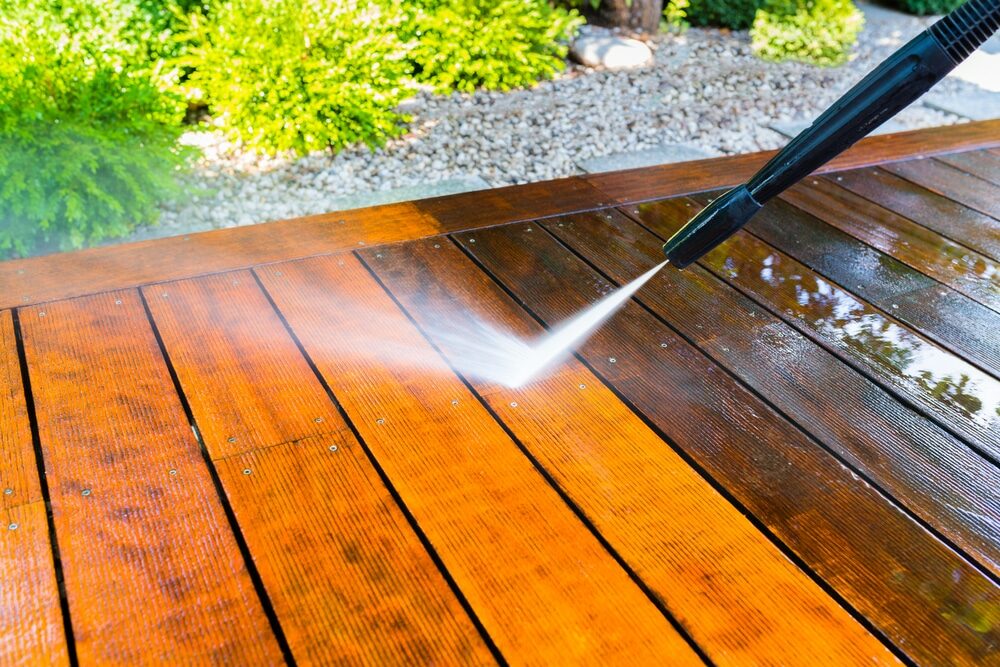
Sanding vs. power washing: pros and cons
Now that you have a clear understanding of both sanding and power washing methods, let’s compare them side by side to help you make an informed decision for your deck maintenance. Each approach comes with its own set of advantages and drawbacks.
Sanding:
Pros:
- Smooth Finish: Sanding results in a smooth, splinter-free deck surface, enhancing comfort and safety.
- Restores Beauty: It can bring out the natural beauty of the wood, showcasing its grain and color.
- Prepares for Finish: Sanded decks provide an ideal surface for applying stains, sealers, or paints, ensuring better adhesion and a more uniform finish.
- Longer-Lasting Finish: Properly sanded decks tend to hold finishes for an extended period, reducing the frequency of maintenance.
Cons:
- Time-consuming: Sanding is a labor-intensive process, especially for larger decks, requiring significant time and effort.
- Dust and debris: It generates a considerable amount of dust and debris, necessitating thorough cleanup and protective gear.
- May Require Multiple Grits: Achieving a perfectly smooth surface may require using multiple grits of sandpaper or changing sanding belts.
- Not Suitable for All Decks: Some decks may not be suitable for sanding, especially if they are in very poor condition or have thin deck boards.
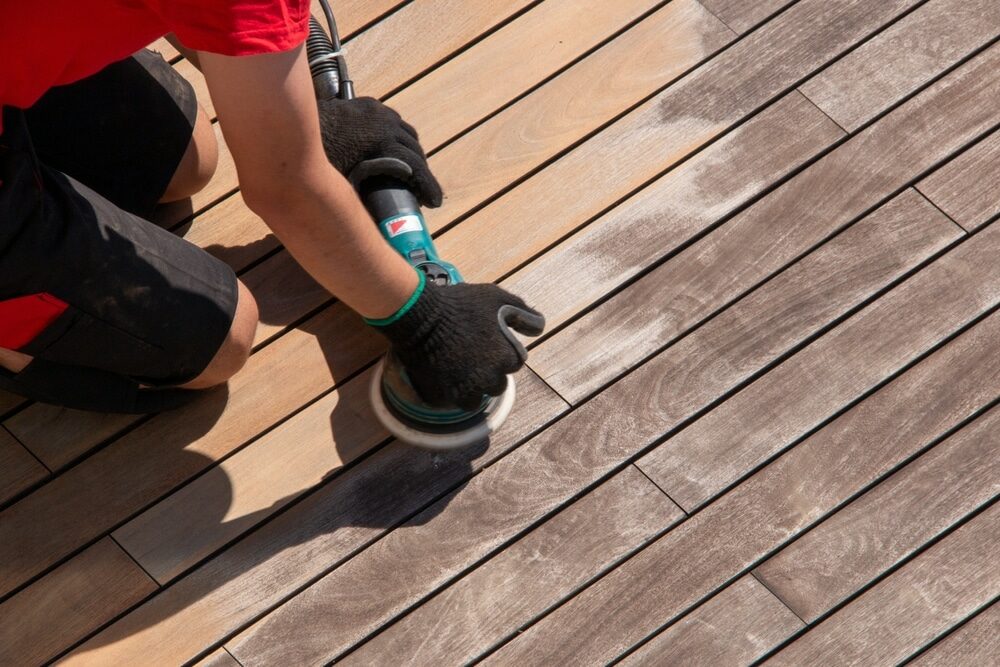
Power Washing:
Pros:
- Efficiency: Power washing is quick and efficient, making it ideal for cleaning large decks.
- Deep Cleaning: It can effectively remove dirt, grime, mildew, and old finishes from the surface.
- Minimal Physical Labor: Power washing reduces the physical effort required compared to sanding.
- Prepares for Finish: It provides a clean canvas for applying stains or sealers.
Cons:
- High Pressure Can Damage Wood: If not used correctly, the high pressure of power washing can gouge or damage the wood, especially softer wood types.
- Doesn’t Remove Deep Stains: Power washing may not completely eliminate deep or stubborn stains, requiring additional treatments.
- Potential for Water Intrusion: Improper power washing techniques can drive water into the wood, potentially causing long-term damage.
- Doesn’t Address Surface Imperfections: It won’t fix issues like splinters or rough spots, as sanding would.
- Environmental Considerations: The use of water and cleaning agents may have environmental implications, depending on local regulations.
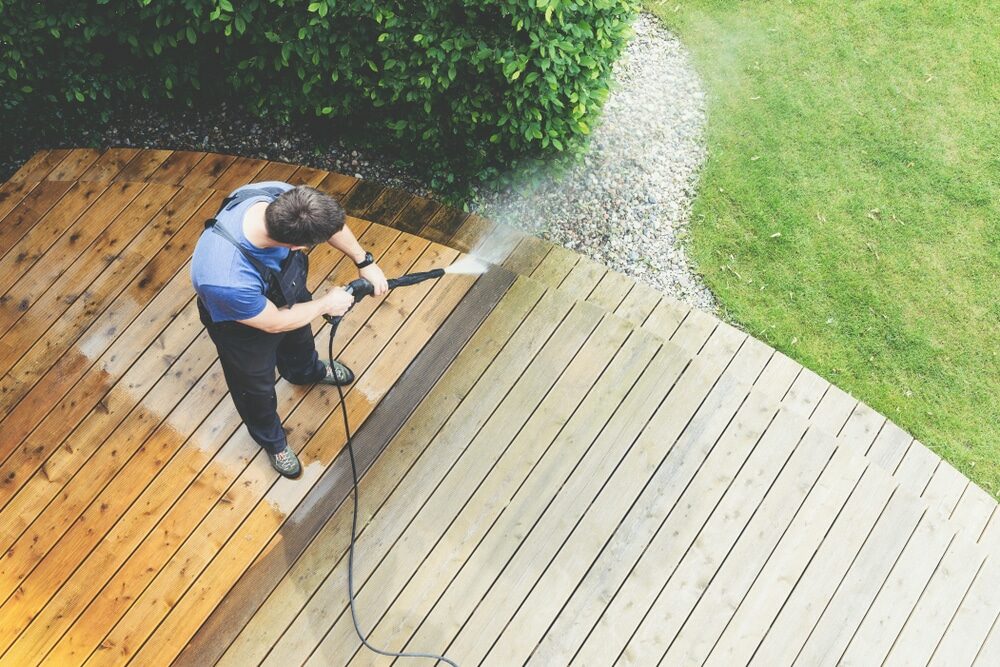
Sanding and power washing are both valuable methods for deck maintenance, but they serve different purposes. Sanding is ideal for achieving a smooth finish and restoring the wood’s beauty, while power washing excels at efficient and deep cleaning. The choice between the two methods should be based on your deck’s condition, your time and effort invested, and your desired results. In some cases, a combination of both methods may be the most effective approach.
Preparing Your Deck for the Chosen Method
Before you embark on either sanding or power washing your deck, it’s crucial to prepare the surface properly to ensure the best results and minimize potential issues. Here are the essential steps to prepare your deck for the chosen maintenance method:
Preparing for Sanding:
- Clear the Deck: Remove all furniture, plants, and other items from the deck to create a clean, clutter-free workspace.
- Inspect and Repair: Carefully inspect the deck for loose boards, protruding nails, or any structural issues. Make necessary repairs before sanding to avoid damaging the sanding equipment.
- Protect Surrounding Areas: If your deck is attached to your home or surrounded by structures, use plastic sheeting or drop cloths to protect walls, windows, and nearby landscaping from dust and debris.
- Wear protective gear: Prioritize safety by wearing safety goggles, a dust mask, and ear protection while sanding. Long sleeves and pants can also help protect against flying debris.
- Choose the Right Sandpaper or Grit: Depending on the condition of your deck, start with an appropriate grit sandpaper. Begin with a coarser grit to remove imperfections and old finishes, and progress to finer grits for a smoother finish.
- Proper Sanding Technique: When sanding, move the sandpaper or sander in the direction of the wood grain. Avoid applying too much pressure, as excessive force can create uneven surfaces.
- Clean Up Thoroughly: After sanding, remove all dust and debris from the deck’s surface. This step is crucial before applying any finishes to ensure a clean, smooth result.
Preparing for power washing:
- Clear the Deck: Similar to sanding, clear the deck of all furniture, plants, and items that could obstruct the cleaning process.
- Inspect and Repair: Examine the deck for any loose boards, nails, or structural issues. Address any necessary repairs to prevent further damage during power washing.
- Protect Surrounding Areas: Cover nearby walls, windows, and sensitive landscaping with plastic sheeting or drop cloths to shield them from the high-pressure water stream.
- Test Pressure Settings: Before beginning the power washing process, test the pressure washer on an inconspicuous area of the deck to determine the appropriate pressure setting for your specific wood type and condition.
- Maintain Proper Distance: During power washing, keep the nozzle at a consistent distance from the wood’s surface to prevent damage. Typically, a distance of 12–18 inches works well.
- Even Sweeping Motions: Move the nozzle in even, sweeping motions along the wood grain to ensure thorough and uniform cleaning.
- Post-Cleaning Inspection: After power washing, inspect the deck to identify any remaining dirt, stains, or areas that may need additional attention.
- Allow Drying Time: Allow the deck to dry completely before proceeding with any finishing or sealing applications. Damp or wet wood can affect the adhesion of finishes.
By taking these preparatory steps, you’ll set the stage for a successful deck maintenance project, whether you choose to sand or power wash. Proper preparation not only ensures better results but also minimizes the risk of damaging your deck during the cleaning or sanding process.

Tips for a Successful Deck Restoration
Restoring your deck can be a rewarding project that enhances your outdoor space’s beauty and longevity. To ensure a successful deck restoration, consider these valuable tips:
- Plan Ahead: Start by thoroughly planning your deck restoration project. Determine the scope of work, set a budget, and create a timeline to stay organized and on track.
- Choose the Right Method: Assess your deck’s condition and needs before deciding between sanding and power washing. In some cases, a combination of both methods may be the best approach.
- Quality Materials: Use high-quality materials for any repairs or finishing work. Opt for stains, sealers, or paints that are specifically designed for outdoor wood surfaces.
- Proper Surface Preparation: Whether you’re sanding or power washing, invest time in proper surface preparation. A well-prepared surface ensures better results and longer-lasting finishes.
- Safety First: Always prioritize safety. Wear appropriate protective gear, including safety goggles, dust masks, ear protection, and work gloves, to shield yourself from potential hazards.
- Test on a Small Area: Before applying any finish or treatment to the entire deck, test it on a small, inconspicuous area to ensure it provides the desired appearance and adhesion.
- Follow Manufacturer Instructions: Read and follow the manufacturer’s instructions on product labels carefully. This includes guidelines for application, drying times, and safety precautions.
- Proper Application Technique: Whether you’re staining, sealing, or painting, use the proper application technique. Apply finishes evenly and consistently for a professional result.
- Weather Considerations: Check the weather forecast before starting your project. Avoid working on extremely hot, cold, or rainy days, as weather conditions can affect the finish’s performance.
- Regular Maintenance: After restoring your deck, commit to regular maintenance. This may include cleaning, resealing, or repainting every few years to keep the deck in top condition.
- Inspect and Repair Annually: Perform an annual inspection of your deck to identify any issues like loose boards, nails, or damaged wood. Address these problems promptly to prevent further damage.
- Keep It Clean: Regularly sweep your deck to remove debris and prevent dirt buildup. Clean up spills promptly to avoid stains and mold growth.
- Control Moisture: Ensure proper drainage to prevent water from pooling on your deck. Consider adding gutters or downspouts if necessary.
- Protect Furniture: Use furniture pads or mats to protect the deck surface from scratches and damage caused by heavy furniture or grills.
- Consider Professional Help: If you’re unsure about the restoration process or have a particularly challenging project, don’t hesitate to seek professional help from a deck restoration contractor.
By following these tips and investing time and effort into your deck restoration project, you can enjoy a beautiful, long-lasting outdoor space for years to come. Proper maintenance and care will not only preserve the deck’s appearance but also extend its life.
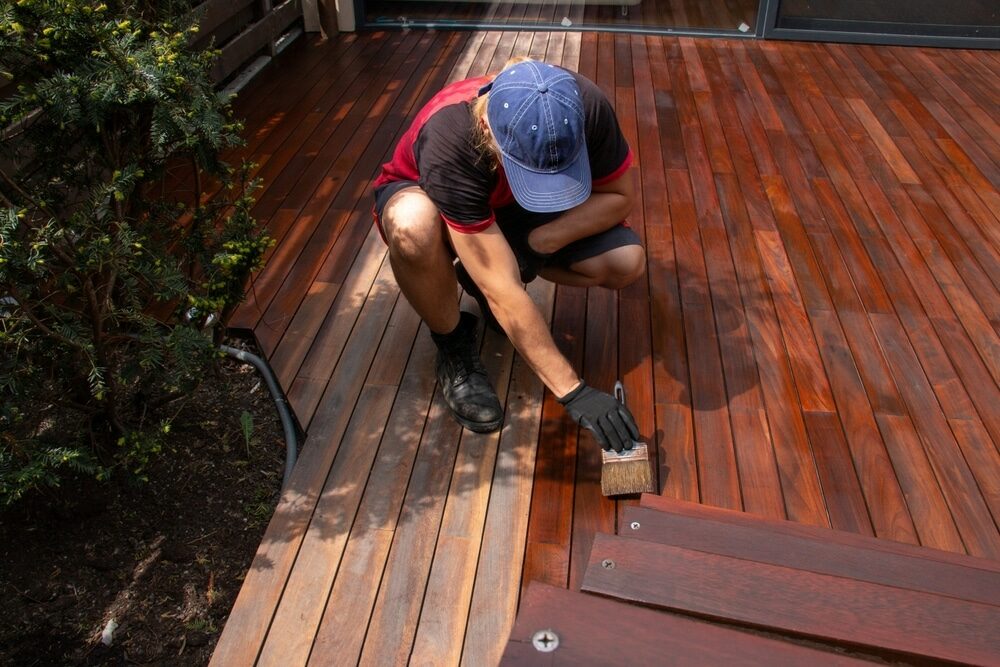
Conclusion
In the world of deck maintenance, the choice between deck sanding and power washing isn’t just about aesthetics; it’s about preserving the heart of your outdoor space. Both methods offer distinct advantages and considerations, and the decision should be guided by your deck’s unique needs and your personal preferences.
If you’re looking for a smoother finish, wish to bring out the wood’s natural beauty, or need to prepare the deck for a new coat of stain or sealer, sanding is the way to go. It’s a meticulous process that rewards your efforts with a visually pleasing and comfortable deck surface. Just be prepared for the time and physical effort it demands.
On the other hand, power washing is your ticket to efficient and deep cleaning. It excels at removing years of dirt, grime, and old finishes, making it ideal for routine maintenance and deck revitalization. However, be cautious about using the right pressure settings to prevent damage.
Remember, the success of your deck restoration project also depends on proper preparation, safety precautions, and regular maintenance. Inspect your deck annually, promptly address issues, and commit to a maintenance schedule that suits your deck’s exposure to the elements.
Ultimately, whether you choose to sand or power wash, or even employ a combination of both methods, the goal remains the same: to extend the life and enhance the beauty of your deck. With the knowledge and tips provided in this guide, you’re well-equipped to make an informed decision and embark on a successful deck restoration journey.
So, roll up your sleeves, put on your safety gear, and breathe new life into your deck. Your outdoor oasis awaits, ready to provide you with years of enjoyment and relaxation.

Sanding
We provide virtually dust-free sanding with our continuous belt machinery with mobile extraction units, giving you a safer environment for your family.
Oiling
This organic finish not only adds beauty to your home but also has exceptional water-repellent characteristics, making it easier to clean and maintain.
Waxing
This natural floor finish offers the softest and most mellow appearance – and leaves your floor able to breath.
Buffing
Using soft buffing machines (and hand-polishing where required) will bring a wonderful sheen to your newly-finished floor.
Repairs
We offer a full assessment of your wooden floors to determine what repairs are needed to provide the perfect working surface for the later stages of sanding, staining and sealing.
Restoration
We offer a comprehensive restoration process designed to address floors that are improperly fitted or damaged over time through wear and tear.
Request a fixed price quote for your wood floor restoration now
Simply enter your postcode below to get started.
Services
Wood Floor Sanding Wood Floor Restoration Wood Floor Scratch Repair Squeaky Wood Floor Repair Parquet Floor Sanding Parquet Floor Restoration Commercial Floor Sanding Church Floor Sanding Community Centre Floor Sanding School Floor Sanding Gap Filling Gap Filling with ResinCopyright © Mr Sander®
Privacy & Cookies Terms & Conditions Complaints Procedure Cancellation Rights Sitemap